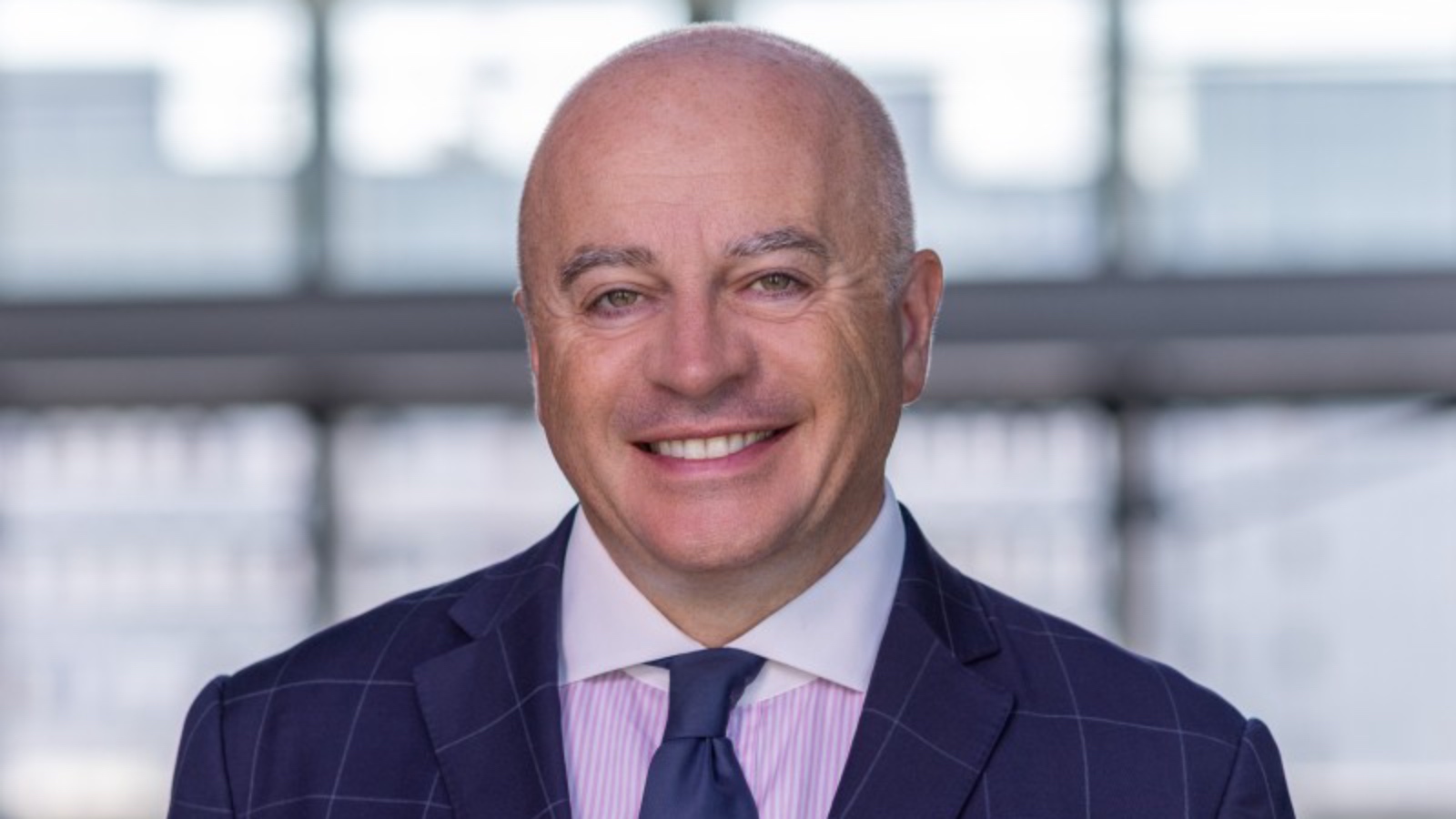If a fresh twelve-page article in the Journal of Securities Operations & Custody is to go by, traditional cost-cutting attempts have reached road’s end at securities operations’ back offices. Next, advisor James Maxfield argues, there is no alternative to tackling the “legacy technology conundrum” with deep commitment.
Great efforts – all the way up to banks’ board levels – must be put in to establish “service-oriented” architectures which will enable businesses to develop without restraints in the future.
This is one of the pieces of advice from British post-trade technology advisor James Maxfield, as he puts the operational challenge of the post-trade function in its historic and strategic frame. The article can be found here.
“Relying on a white horse from the industry or a technological silver bullet is unlikely to deliver the type of sustainable cost/income-ratio impact to ensure survival,” he writes – but is hopeful:
“The economic imperative for back-office transformation is increasingly dominating senior management discussions, in a way that has not been the case in the past. This realisation is creating the right environment for the capital markets industry to address the cost associated with this challenge, but its success will only be realised by recognising the need to dedicate investment and resources to its resolution.”
Asset servicing eats $130 billion
The organisations in focus for James Maxfield’s article are corporate and investment banks, but much should be relevant for sell- and buy-side firms alike. Because legacy back-office platforms are often very complex, measures to simplify securities businesses in the front end don’t necessarily enable simplifications further down the line – and thus don’t generate corresponding savings.
“Out of an estimated end-to-end cost base of US$700bn, the capital markets industry spent over US$130bn on asset servicing alone (in areas such as settlement, clearing, reconciliation, corporate actions) in 2017, which appears unsustainable against a macro backdrop of ongoing cost pressure.”
For some companies it could work to “rip and replace” their old solutions. More typically, however, they would be wiser to figure out how they actually work – starting from an understanding of the actual legacy that they represent.
James Maxfield is managing director of British consultancy firm Ascendant Strategy.
(Photo: Ascendant Strategy)













